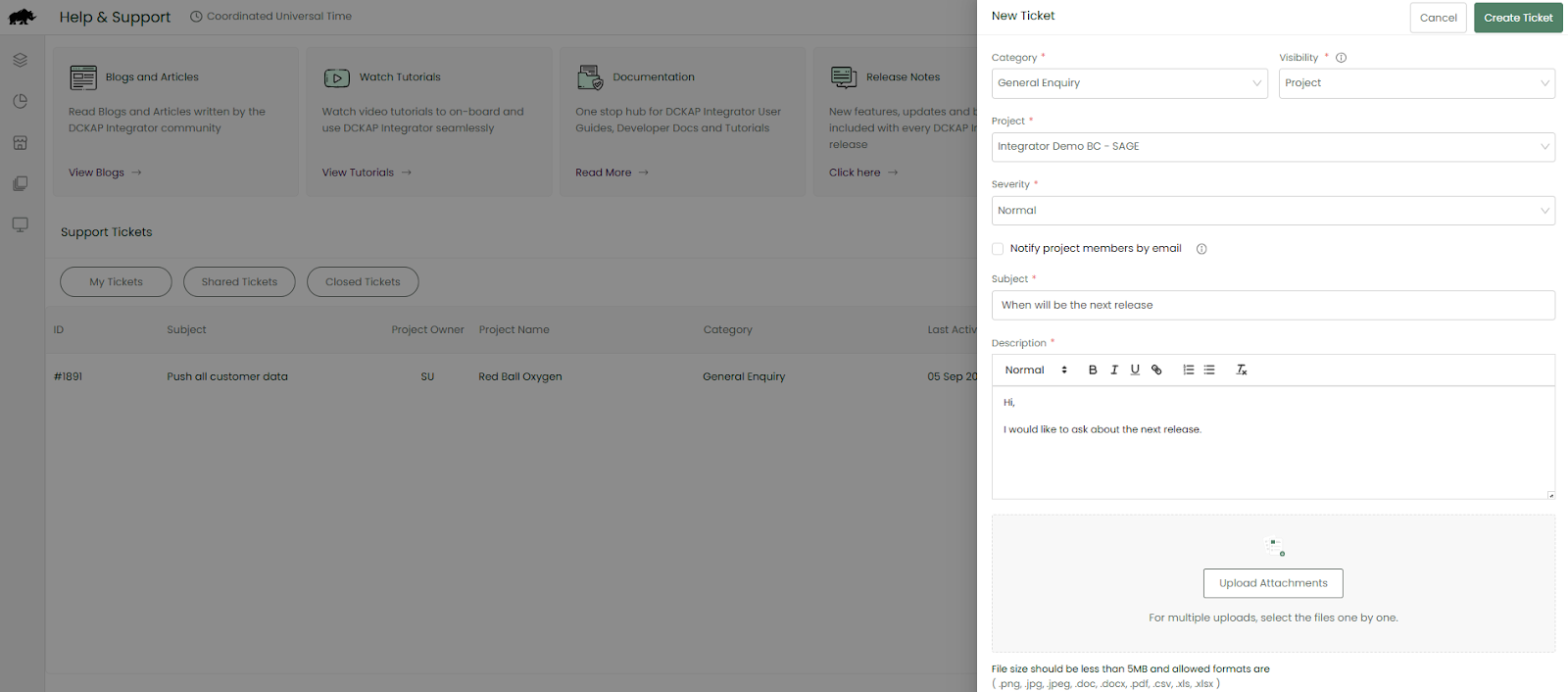The Small Things That Break Integrations
For distributors, the ERP is the heart of the business. It manages orders, pricing, customers, and inventory. But it’s not ideal for ERP to sit alone. In order to grow your business, it need to connect with ecommerce, CRMs, marketplaces, and even supplier systems.
That’s where integration comes in. Connecting systems may sound simpler, but in practice, it often fails in small, hidden ways.
Integrations don’t usually stop because of one big failure. They stop because of small details that no one pays attention to.
- A pipe or workflow is switched off
- The schedule is not set correctly
- Logs are ignored until a customer complains
- The time zone is mismatched
- Notifications don’t reach the right people
Each of these problems looks small, but the cost is high. Orders don’t sync, customers wait longer, and teams lose trust in the process.
If you are setting up your first ERP integration, these are the things you need to keep in mind, no matter what platform you use.
Best Practices To Keep Integrations Running Smoothly
Here’s what you should keep in mind :
Keep your pipes on
Pipes are the channels that move your data. If they are off, nothing moves. Always confirm that the ones you need are on.
Set a schedule
Decide when data should move. It could be every few minutes, hourly, or daily . Without a schedule, nothing happens automatically.
Use Sync Now when needed
Sometimes you can’t wait for the next scheduled run. A manual sync lets you push data right away.
Check logs regularly
Logs give you proof of what happened. If something fails, logs tell you why. Get into the habit of checking them.
Know your access role
Project Owners, Admins, and Standard Users have different permissions. Make sure you know what you can and cannot change.
Confirm the time zone
Schedules must match your desired working hours. If the time zone is wrong, your data will move at the wrong time.
Use support tickets
When issues come up, use tickets instead of email. Tickets are faster and get priority from the support team.
These are the simple steps that keep integrations stable.
Why DCKAP Integrator Makes It Easier
You can follow these steps on any integration platform, but the difference lies in how easy it is to get them right. That is where DCKAP Integrator stands out.
- The Integration screen shows pipe status clearly – whether it’s on or off.

- Schedulers are simple to set and flexible for business needs

- Logs show clear status and detailed history

- Logs show clear status and detailed history

- Time zone settings are visible and easy to adjust

- Support tickets are built into the platform, so you don’t lose time in email

DCKAP Integrator is designed as an ERP-first integration platform. That means it makes your ERP the ultimate source of truth and ensures that all the other systems are connected to it. Whether it is Prophet 21, Oracle NetSuite, or SAP, the platform gives you predefined connectors and the option to create your own if needed.
A Better Way To Start
ERP integration is the foundation. If you get it right, every system you connect after that will run smoother. If you get it wrong, you spend more time fixing than growing.
With the right platform and a few simple practices, you can make sure your integration supports your business instead of slowing it down.
We recently walked through these practices in our workshop. To view them live within the product, you can watch the full session here.

